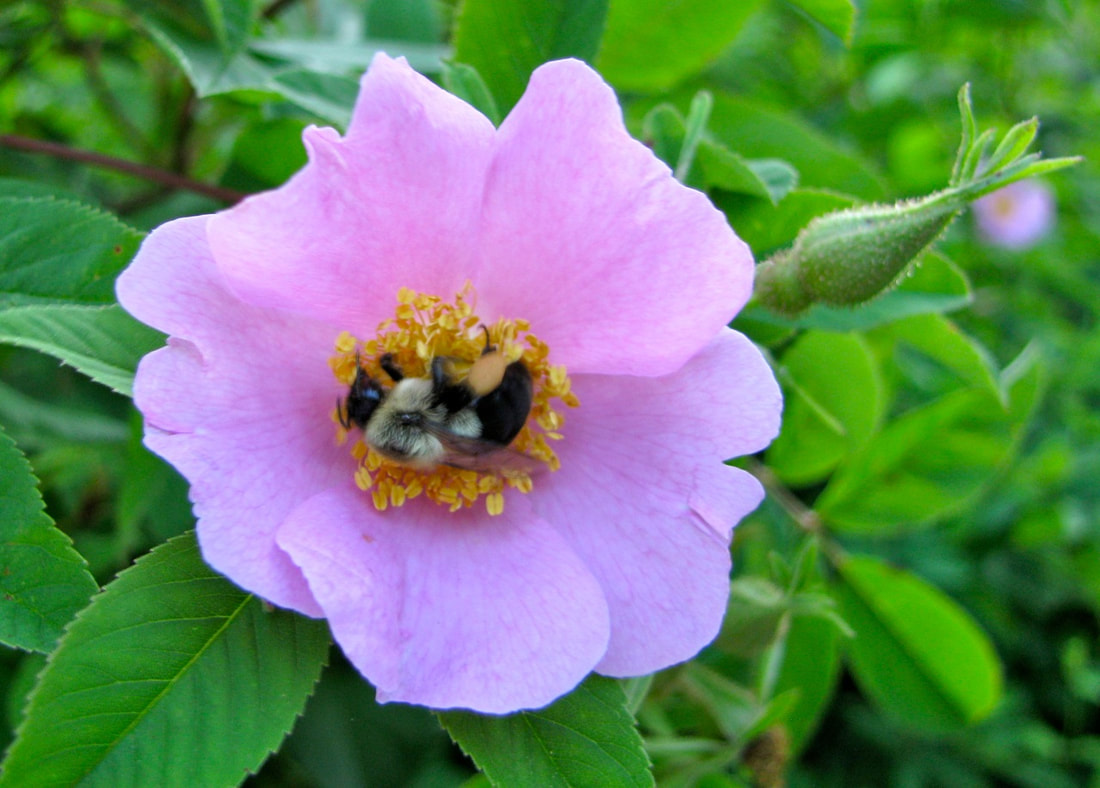It’s just human nature to want to be first, and you can! You can be the first in your area to record a monarch returning from her overwintering refuge, or the first to record a hummingbird returning from her winter jaunt to Central America. The Journey North site lets you easily record Nature’s firsts each spring.
But have you thought about posting your first bumble bee sighting in 2018? You can at Bumble Bee Watch.
Spring means bumble bee queens are emerging after their winter hibernation. They are mated and ready to start their colonies. Unlike honey bee queens attended by worker bees through the winter, a queen bumble bee survived the winter all alone, and now it’s up to her to start a new colony and continue her species. Other than honey bees, bumble bees are the most well known social bees in the temperate world. They live in small colonies where the worker bees tend to the colony’s need for food, cleaning, and caring for baby bees. Most of the other nearly 20,000 species of bees around the world live solitary lives.
In the spring, a bumble bee queen is looking for a suitable nesting site in an undisturbed area, possibly under a clump of native grass or in an abandoned rodent burrow. She wants a place that is dry, in a private, sunny spot, and away from people or other critters that might accidentally step on her nest or intentionally try to eat her protein-rich cache of larvae. Frequently, she looks for nests along tree lines or old stone walls.

There are a few simple clues for bumble bee identification: their overall size; the color and number of yellow, orange or white bands on their abdomen; and the coloration on their fuzzy backs (thoraxes). According to Sam Droege, a leading bee taxonomist at the US Geological Survey, “Within a species, size may vary a lot, and males may look different than workers of the same species. But you still have a pretty good chance of identifying a bumble bee with the help of picture guides for your part of the country.”
Bumble Bees of North America: An Identification Guide is an excellent field guide available to purchase online and in print. The US Forest Service has free downloadable posters. They also have the 122-page Bumble Bees of the Western United States Guide and Bumble Bees of the Eastern United States Guide.
If you’re worried about stings, don’t be. When bumble bees are out foraging around flowers for food, not defending their nests, they are very gentle. No male bees even have stingers. In fact, in the fall, when bumble bee colonies produce males, they may be found taking a snooze in a flower early in the morning while they await their lady love!





